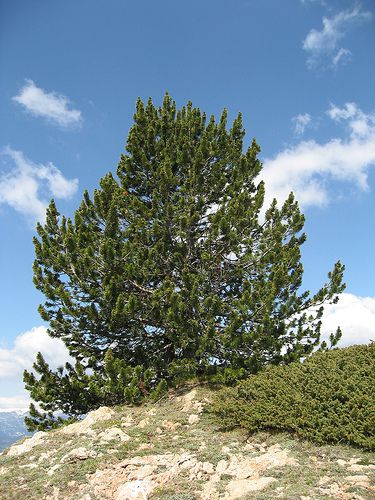-
 Autoclaved aerated concrete
Autoclaved aerated concrete
-
 Salt
Salt
-
 Gypsum
Gypsum
-
 Ribosome
Ribosome
-
 WAN
WAN
-
 Stratovolcano
Stratovolcano
-
 Guttation
Guttation
-
 IFREMER
IFREMER
-
 Emission spectrum
Emission spectrum
-
 Mauritius parakeet
Mauritius parakeet
-
 Fennel
Fennel
-
 Itching
Itching
-
 Primitive filter
Primitive filter
-
 Vertebrate
Vertebrate
-
 Ischaemia
Ischaemia
-
 SATA
SATA
-
 Diuresis
Diuresis
-
 U
U
-
 Mean ecliptic for the date
Mean ecliptic for the date
-
 Cyborg
Cyborg
-
 Rhinopharyngitis
Rhinopharyngitis
-
 Lymphoedema
Lymphoedema
-
 Ecological features
Ecological features
-
 Agroenergy
Agroenergy
-
 VIRTIS
VIRTIS
-
 Astrophysics
Astrophysics
-
 Criminal entomology
Criminal entomology
-
 Trachea
Trachea
-
 Affinity
Affinity
-
 Plate tectonics
Plate tectonics
Mountain pine
The mountain pine, which grows to between 20 and 25 metres high, strongly resembles the Scots pine but is distinguished by its greyish bark, dark green and thicker needles and its cones of which the warped plates curve downwards.

The mountain pine. © Jordi's, Flickr CC by nc 2.0
Names
The mountain pine (Pinus uncinata) belongs to the Pinaceae family and is also called the Mungo pine.
Botanical description
The crown of this species is conical. Its branches, bearing dark and dense foliage, are regularly staged on a rectilinear trunk. Its bark becomes scaly quite quickly. Its needles, grouped in pairs, are quite short, thick and persistent. This is a monoecious species with male flowers grouped at the base of the year’s shoots, and female flowers forming small cones located at the tips of the branches. Its cones reach maturity after two years and have a scale that curls into a hook.

Pinus uncinata. © Copepodo, Flickr CC by nc-nd 2.0
Origins
The mountain pine is a survivor of the last glaciations. It is originally from the French mountains (Alps, Jura and Pyrenees) at an altitude of between 1,600 and 2,200 metres.
Growing conditions
This tree likes siliceous soil, especially the peat appreciated by the rhododendron. It prefers sunlight, but resists drought, cold temperatures and wind. It can prosper in peat bogs.
Use
This species is used for timber and in reafforestation to maintain the soil and fight against erosion.
Author: Michel Caron
 Mountain pine. © Pastilletes, Flickr CC by sa 2.0
Mountain pine. © Pastilletes, Flickr CC by sa 2.0
Latest
Fill out my online form.



